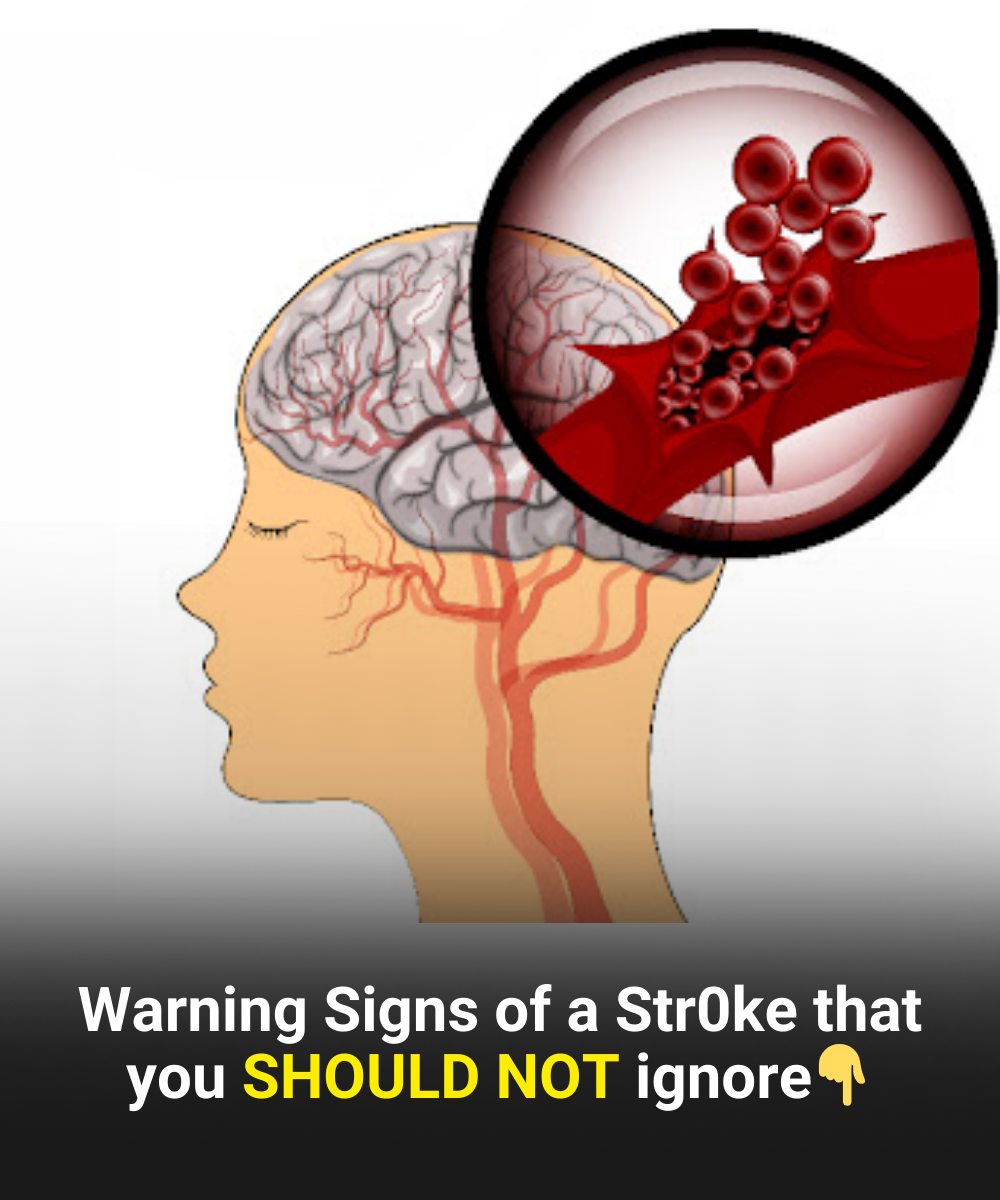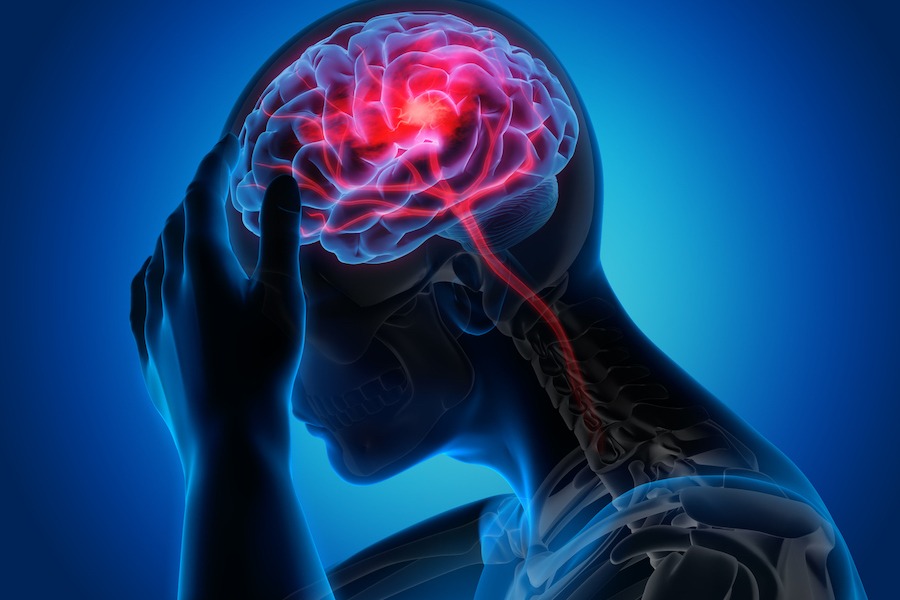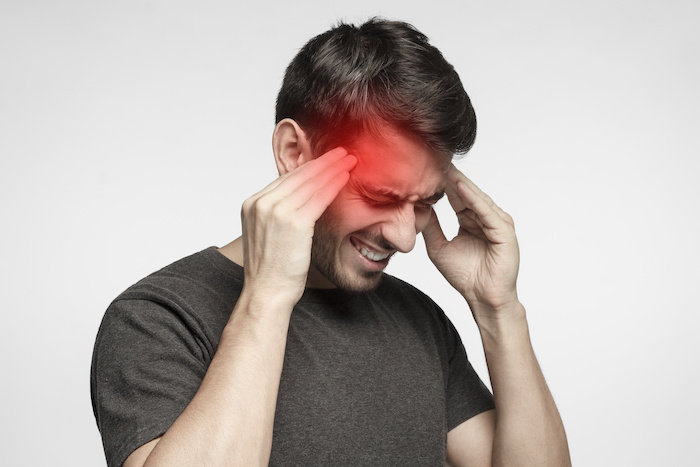
Being able to spot the early warning signs of a stroke is vital, especially as we get older. Many people aren’t aware of the subtle clues that may signal a stroke, but knowing them could save a life.
A stroke happens when the blood supply to part of the brain is interrupted or reduced, depriving brain tissue of oxygen and nutrients. Brain cells start to die within minutes, and without immediate treatment, the results can be devastating.
Although some strokes happen without any obvious warnings, most present with clear symptoms. The easiest way to remember the main signs is with the acronym “FAST” — Face drooping, Arm weakness, Speech problems, and Time to call emergency services. If you notice any of these signs, immediate action is essential.

Beyond “FAST,” there are other symptoms to watch for. These include sudden numbness, confusion, vision problems, dizziness, and loss of balance. In some cases, a severe headache — possibly the worst you’ve ever experienced — can also be a red flag. Recognizing these symptoms early could mean the difference between life and death.
Why Acting Fast Matters
In stroke care, every minute is critical. Quick medical intervention can drastically improve recovery chances. The best outcomes happen when treatment begins within three hours of symptom onset. That’s why it’s so important to identify the signs right away and get medical help without delay.
Too often, people dismiss the symptoms, assuming they will fade on their own. But waiting can lead to irreversible brain damage or serious complications. Calling emergency services immediately gives the patient the greatest chance of survival and recovery.
Different Types of Strokes
There are three main types: ischemic, hemorrhagic, and transient ischemic attacks (TIAs). Ischemic strokes — the most common — occur when a clot blocks or narrows an artery in the brain. Hemorrhagic strokes happen when a blood vessel bursts, causing bleeding in the brain. TIAs, often called mini-strokes, involve a temporary blockage and often serve as a warning for a future, more serious stroke.
Recognizing which type of stroke has occurred helps doctors choose the right treatment quickly, which can greatly improve recovery outcomes. Even seemingly mild or short-lived symptoms should never be ignored.

Lowering Your Stroke Risk
While some strokes can’t be avoided, many risk factors are manageable. Controlling high blood pressure, diabetes, and cholesterol through regular medical check-ups is essential. A healthy lifestyle — including regular physical activity, a diet low in saturated fats, not smoking, and keeping a healthy weight — can also make a big difference. Stress management plays an important role too.
Consistently practicing these healthy habits can significantly reduce your chances of having a stroke. Small, steady changes to your daily routine can have a major long-term impact.
In short, knowing the warning signs and acting fast could save your life or someone else’s. The sooner a stroke is recognized and treated, the better the odds of a full recovery. Thankfully, growing awareness means more people are spotting the signs and getting help quickly — preventing the worst effects of this medical emergency.